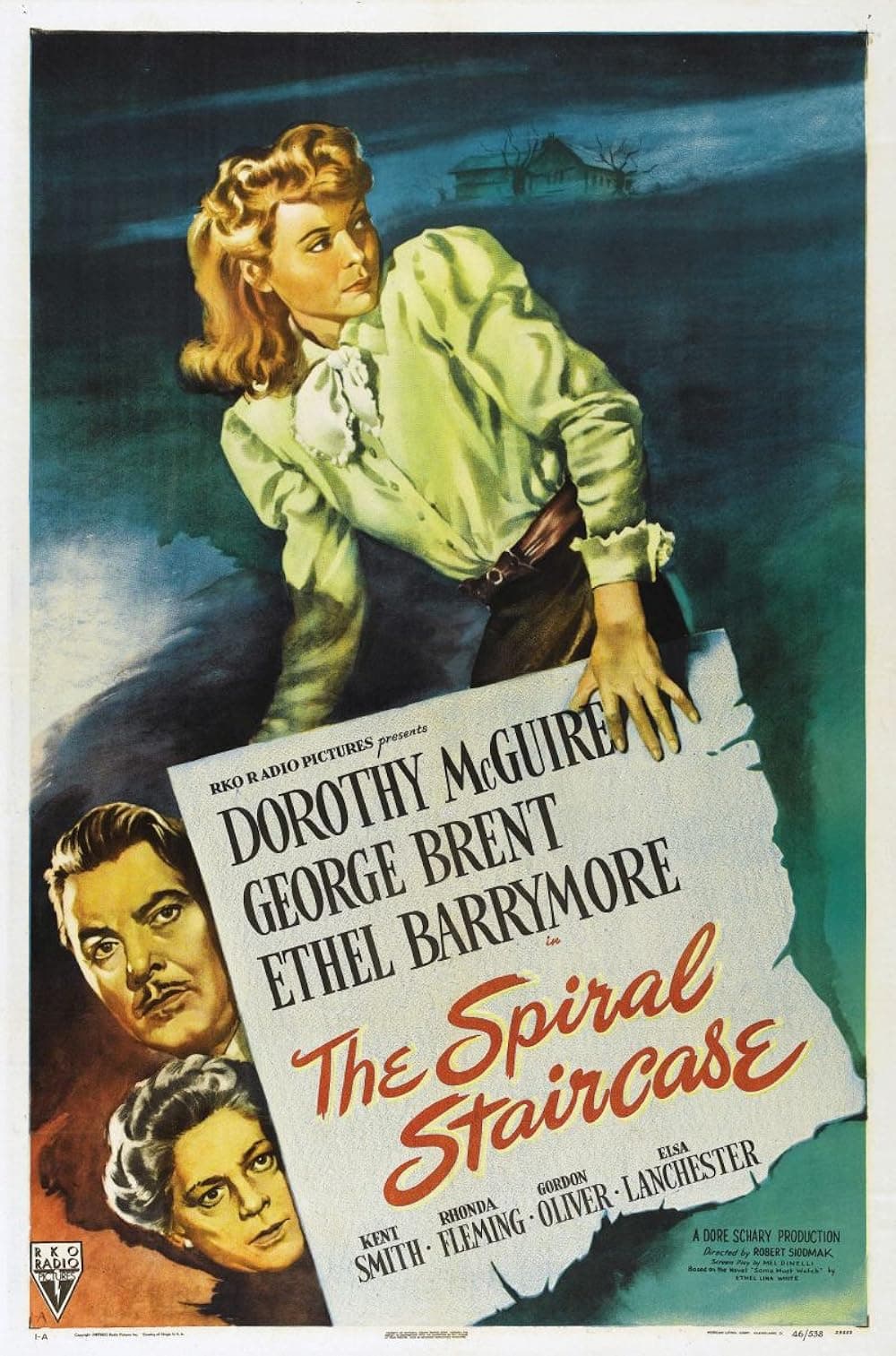
The Spiral Staircase
1945
Rate this movie
Average: 0.00 / 5
(0 votes)
Director
The Spiral Staircase is, in some respects, the forerunner of modern thrillers with horror elements, a glittering gem set in the crown of noir cinema and a precursor of narrative archetypes that would shape the genre for decades to come. It does not merely suggest; it carves out the very foundations of what we understand as psychological suspense and domestic terror.
Filmed in 1945 in stunning black and white, a chiaroscuro that elevates disquiet to an art form, the film contains the harbingers of what would become the canons of an entire genre in the years to come. We witness the haunting close-ups of the killer's eyes in the act of striking his victim, a visual device that decades ahead of Halloween's predatory point-of-view and the menacing presence of Hitchcockian jaws. The victim's tension-laden wait, an agony consumed not in blood but in pure anticipation, finds one of its most refined expressions here, laying the groundwork for the cinematic grammar of vulnerability. The unsettling atmospheres, rendered by a nervous and obsessive use of the camera, are not mere exercises in style, but rather an immersion into the turbulent psyche of the characters and their surroundings. Robert Siodmak's camera moves like a ghost, now stalking and looming, now trapped and suffocating, reflecting the paranoia and claustrophobia that permeate every frame. This visual virtuosity, deeply indebted to German Expressionism – the director's stylistic root – transforms shadows into tangible threats and corridors into labyrinths of the mind. The use of unusual environmental elements to fuel emotional tension – a spiral staircase that rises like a skeletal tree, a thunderstorm howling like an omen of doom, a deafening silence – is not accessory, but essential, elevating the set design to a co-protagonist and the house itself to a living, malevolent entity, in the purest tradition of literary Gothic.
The story is set in New England, a masterfully chosen setting for its heritage of repressed Puritanism and sinister legends, a place where the vernacular and mystery merge. A serial killer murders girls with physical disabilities, a disturbing motivation that underlies a perversion not only physical but also moral, probing human and social frailties. The next designated victim is the deaf governess of an ancient mansion, Helen, portrayed with extraordinary delicacy and strength by Dorothy McGuire. Her condition, far from being a mere narrative device, becomes the pivot around which the film's entire sensory system revolves. Her inability to hear amplifies our perception, making every creak, every whisper of the wind, every step, a symphony of terror that she cannot perceive, but which the viewer feels with an almost unbearable clarity. The owner of the house is the same killer appointed to murder the girl, a chilling subversion of domestic trust and family safety, anticipating the "monster in the house" trope so dear to psychological cinema. This revelation is not a mere plot twist; it is a subtle but sharp commentary on the nature of evil, which can lurk beneath the most unsuspected guises, in the very heart of bourgeois respectability.
A great directorial feat by Robert Siodmak, a very prolific director who, in his long career, filmed some 60 movies, most of them of the highest calibre. Siodmak, a true master of suspense, who fled Nazi Germany to find his voice in Hollywood, shaped the noir genre with masterpieces such as The Killers and Cry of the City. His ability to build tension through mise-en-scène, skillful editing, and actor direction – just think of Ethel Barrymore's unforgettable performance as the invalid matriarch, embodying arcane wisdom and resigned despair – is at its peak here. Siodmak does not merely show terror; he makes it breathe, makes it pulsate through the labyrinthine architecture of the abode and the psychological claustrophobia of its inhabitants. His influence is evident in subsequent directors who explored the relationship between victim and predator, between innocence and hidden malevolence, from Alfred Hitchcock – who would perfect the art of "pure suspense" – to Jacques Tourneur, with his subtly terrifying atmospheres.
A film that plays with the senses of those who watch and listen, mystifying their perception of reality until it leaves the viewer without secure anchors, desperately searching for a certainty to cling to. The genius of The Spiral Staircase lies precisely in this sensory manipulation. The protagonist's deafness is not a defect, but a lens through which the film distorts and amplifies our experience. We are confronted with an auditory paradox: we hear the dangers that poor Helen cannot perceive, creating a shared sense of anxiety and helplessness. Every rustle of fabric, every distant thud, takes on a terrifying echo in Helen's silence, and thus in our heightened awareness. It is cinema that challenges the intellect, that questions the nature of perception and truth in a world where security is an illusion and evil hides in plain sight. The Spiral Staircase is not just a thriller; it is a psychological work of art that forces us to confront our most recondite fears, those that dwell in the darkness, just like the shadows dancing on the walls of that unsettling spiral staircase.
Gallery
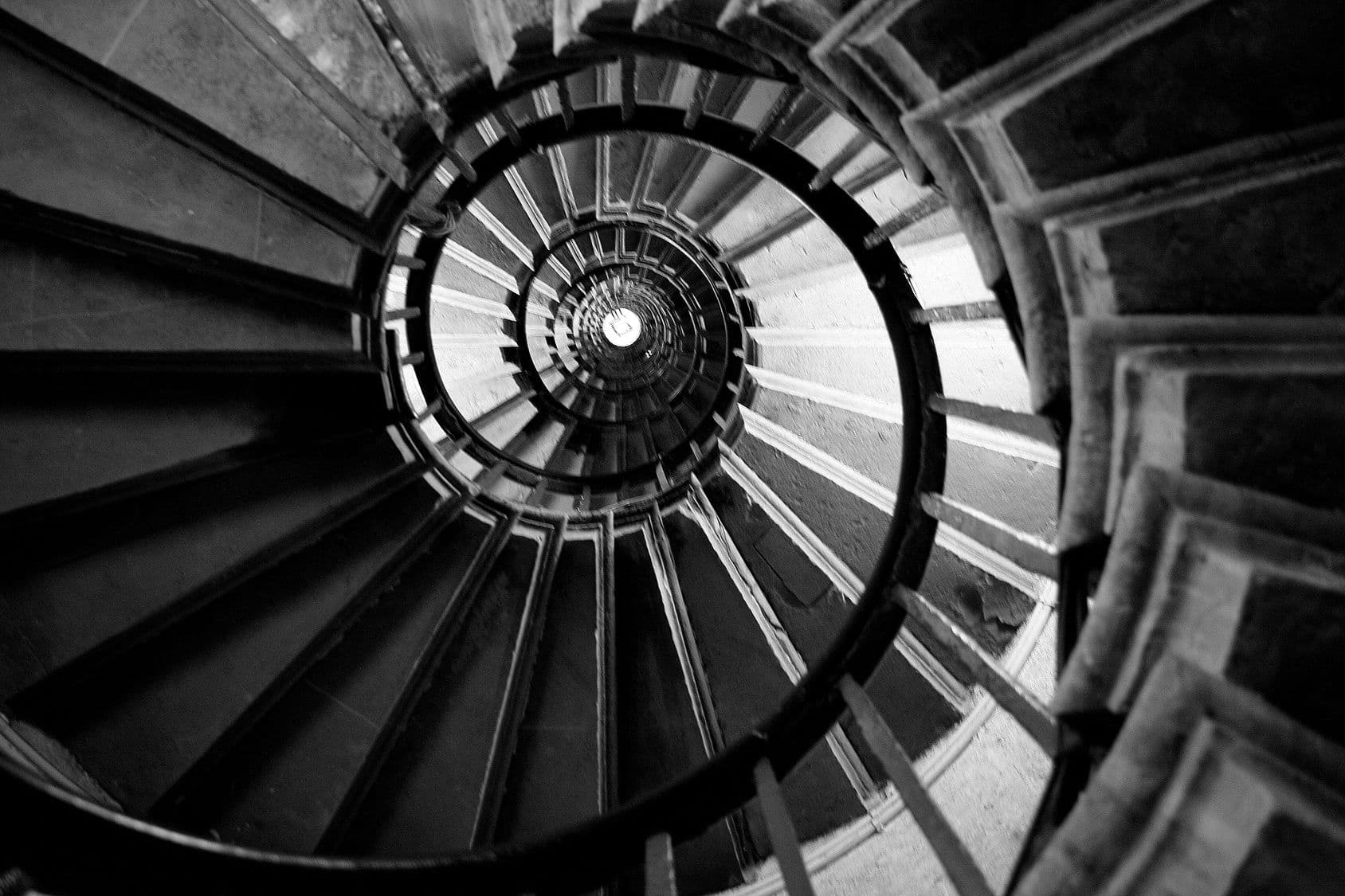
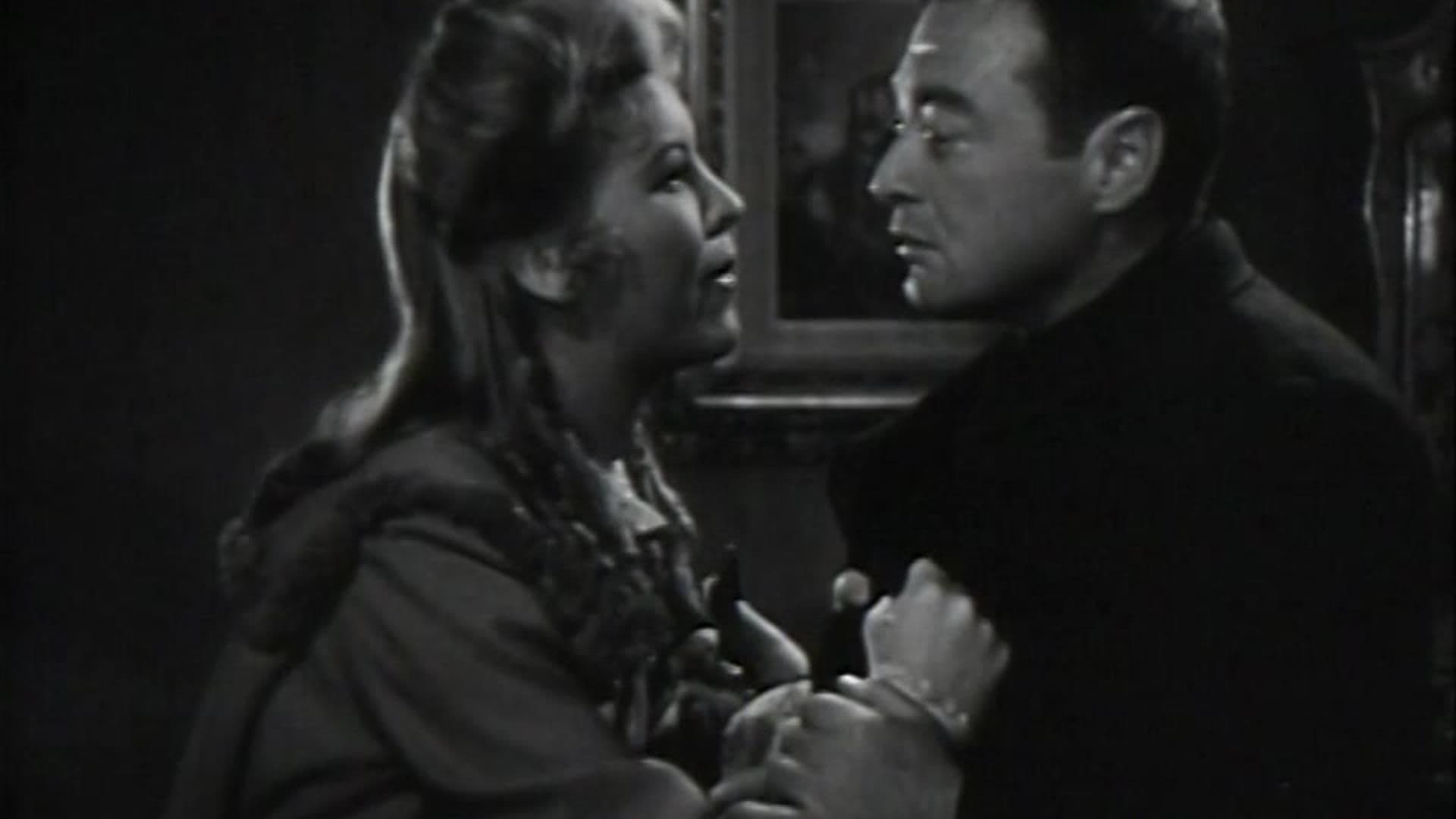
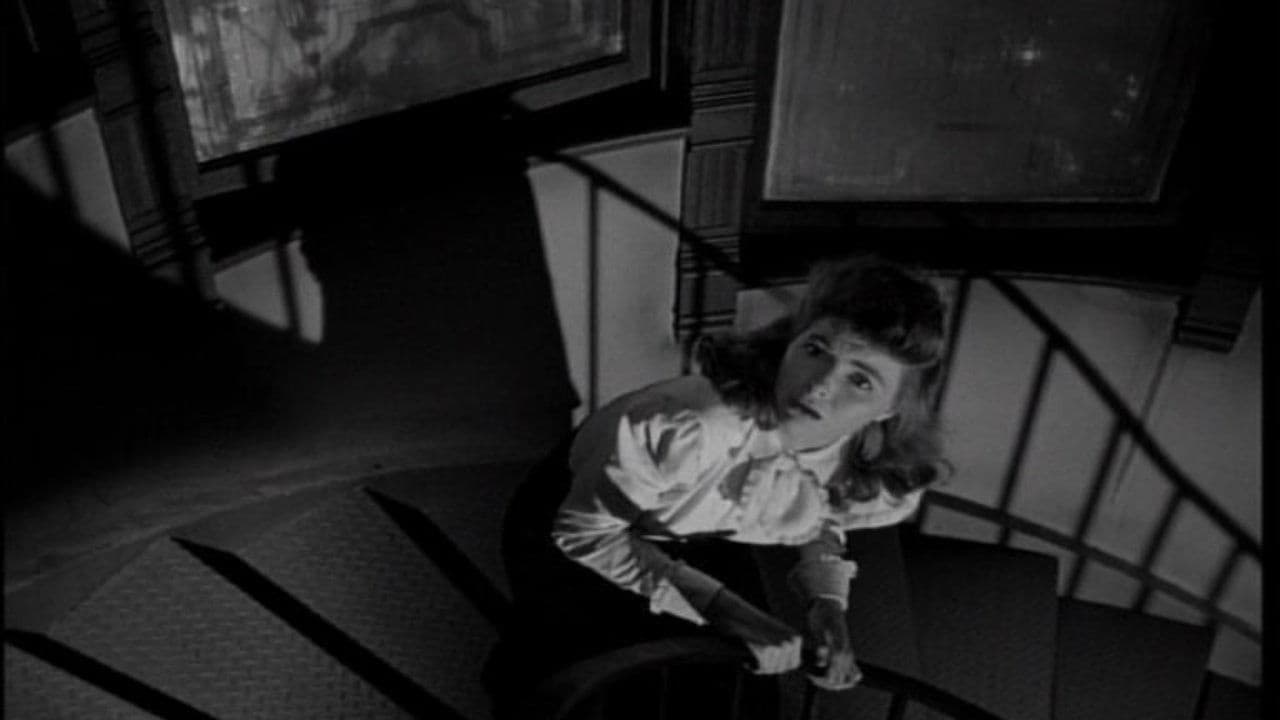
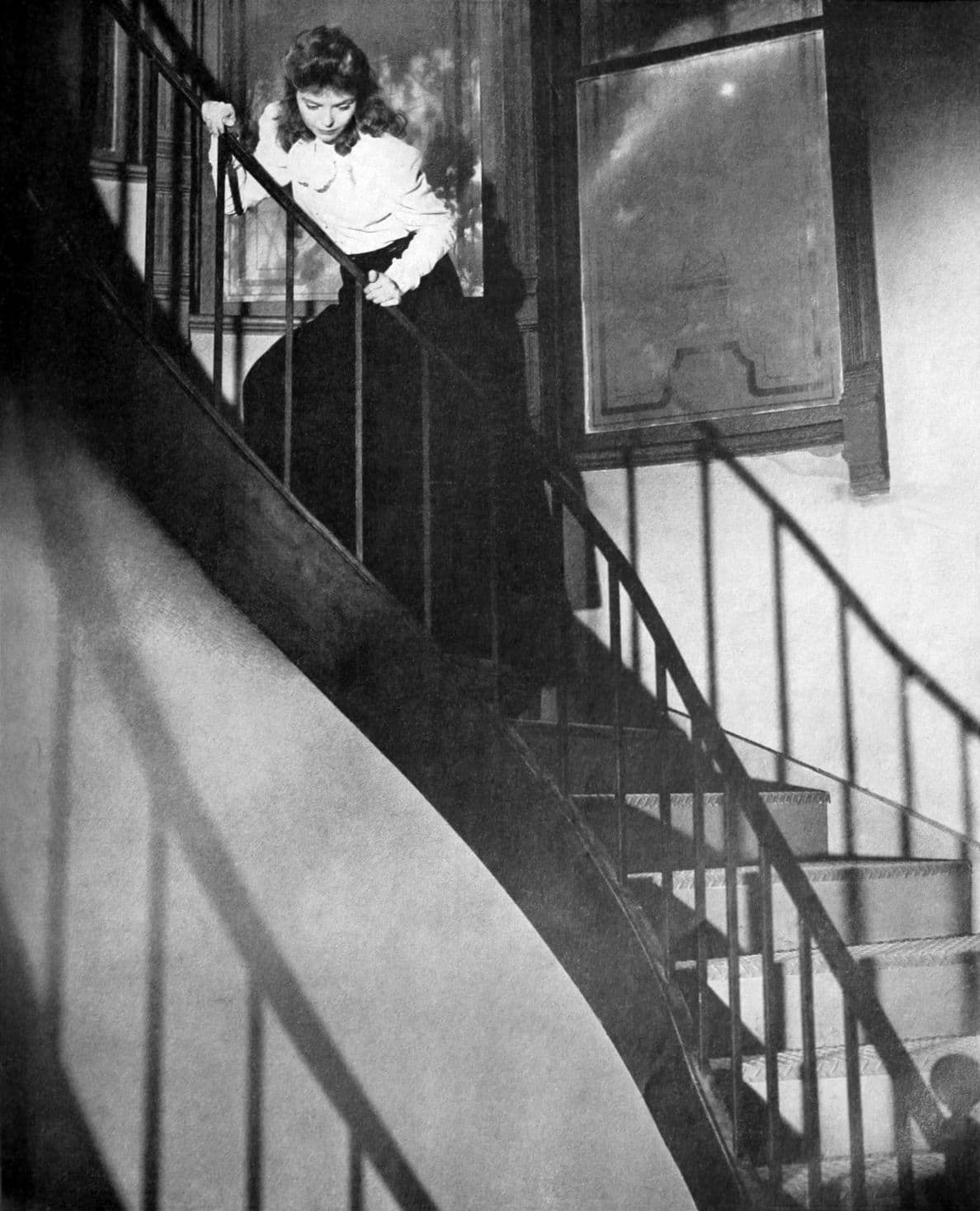
Featured Videos
Official Trailer
Comments
Loading comments...